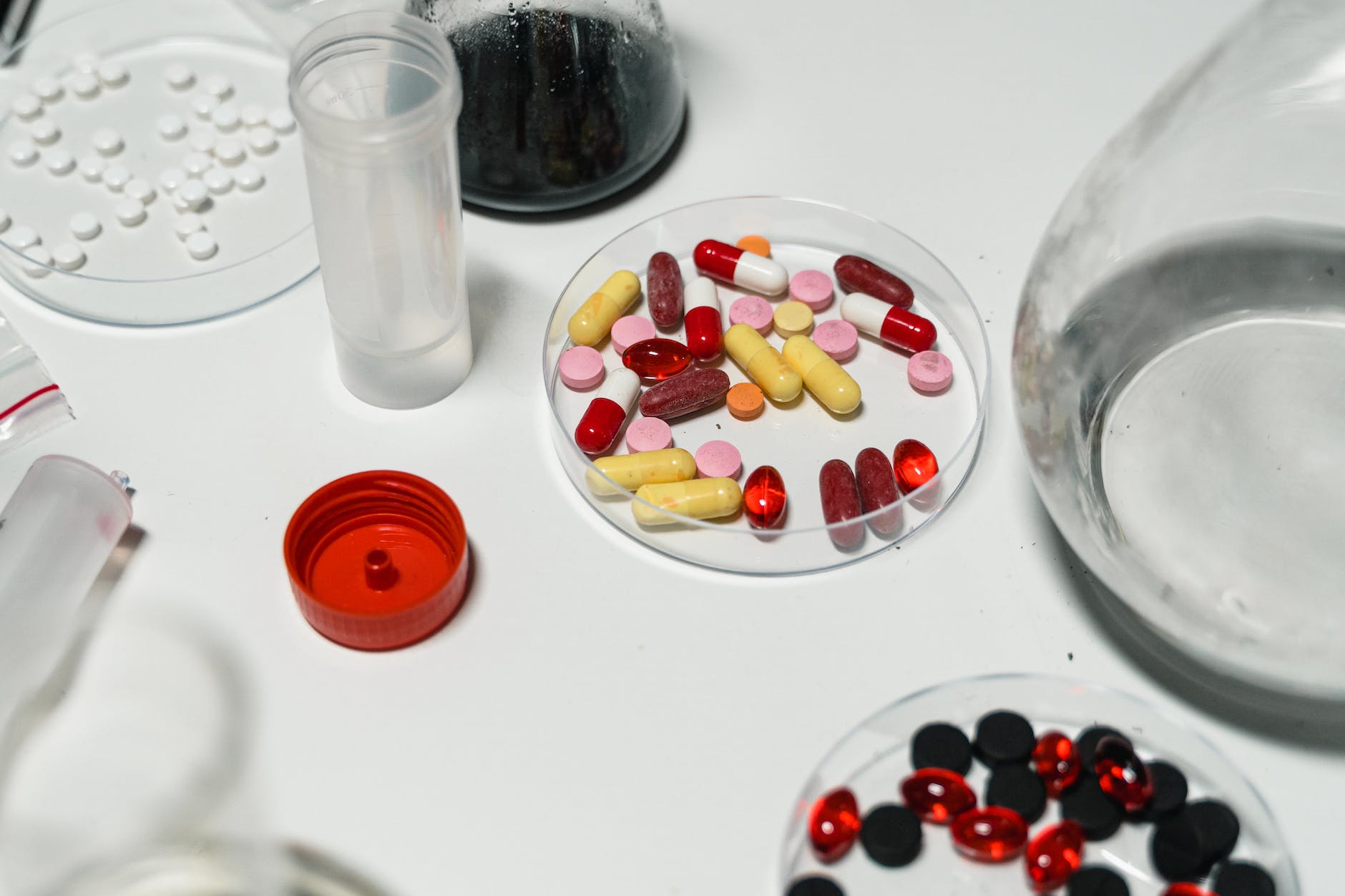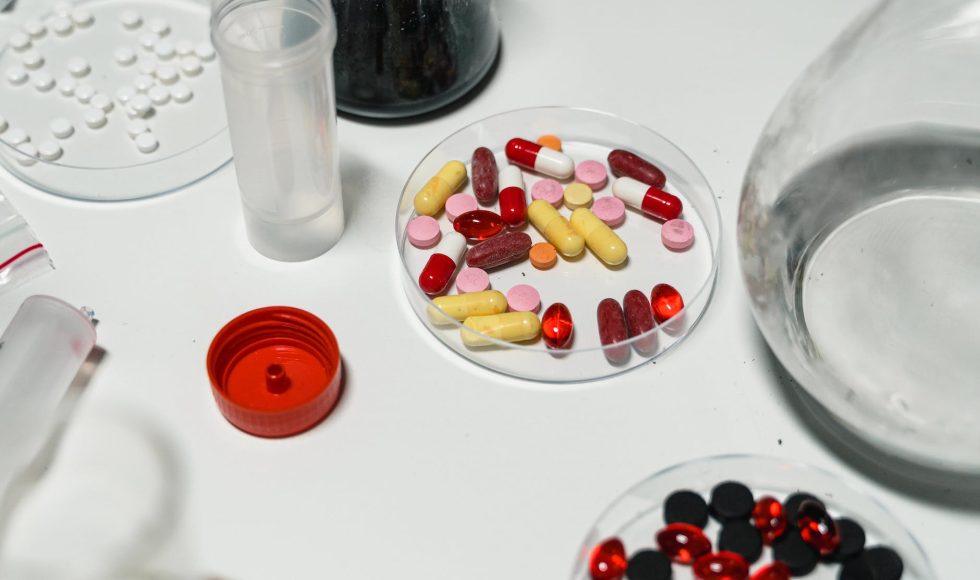Tonight I watched Dan Turner, SVP of Applications at Oxford Nanopore Technologies (ONT) give an update from the applications team at the Nanopore Community Meeting in Singapore. Turner talked about the applications team with researchers and groups in Singapore, the UK, and a couple other locations. Turner focused on Nanopore use for Pharmacogenomics (PGx). They defined pharmacogenomics as “the study of how a person’s genome affects drug response.”Variants of particular genes may have important implications and effects on the metabolism of drugs. For example, CYP2D6 is the best-known example. It is a member of the cytochrome P450 enzyme family and highly polymorphic. Variants can affect the ability to metabolize drugs. Turner noted that the variants are important and also the phasing. Existing methods to learn about pharmacogenes include Sanger sequencing, real-time PCR, microarrays, and exome sequencing. Turner and team developed a panel with 119 clinical pharmacogenetics implementation and 173 FDA-recognized PGx. The panel was amplified and sequenced on a PromethION flow cell. The coverage across the panel is “even ranging” with ~47X coverage. With adaptive sampling, a “software-based enrichment” method, target regions can be enriched. Importantly, a standard whole genome sequencing library can be used. Adaptive sampling can provide similar coverage of the targets. The F1 value, Turner noted, can be used to measure precision of variant detection. Turner spoke about low-pass genotyping that uses adaptive sampling. SNPs are randomly sequenced and modeling can be used to identify other SNPs. The Skim-seq low-coverage whole-genome sequencing approach can provide new opportunities for variant analysis. I wonder if this approach could be used with bacterial genomes and multiplexed?



